Leading the way is the painting Le retour du marché ( Returning from the Market ) by Joseph Inguimberty (1896 - 1971) which fetched 12.47 million HKD (41.52 billion VND). Next, Marché au Tonkin ( Market in Tonkin ) by Jos Henri Ponchin (1897 - 1981) which fetched 3.52 million HKD (11.74 billion VND), La paysanne ( The Farmer Woman ) by Victor Tardieu (1870 - 1937) which fetched 3.15 million HKD (10.48 billion VND), La jeune femme et le fleuve ( The Young Woman by the River ) by Alix Aymé (1894 - 1989) which fetched 504,000 HKD (1.67 billion VND)...
The Peasant Woman by Victor Tardieu
On March 30, a representative of Sotheby's auction house said that the painting Annonce Faite à Marie ( Blessing of Marie ) by Alix Aymé sold for 190,000 HKD (632 million VND). On April 10, at the Drouot auction house (Paris), the painting Scène de famille dans un parc ( Family Scene in the Park ) by Joseph Inguimberty sold for 117,000 EUR (3.44 billion VND).
"I feel attached to this country"
Victor Tardieu was born in Lyon (France), studied at the Lyon School of Fine Arts from 1887 - 1889. In 1920, he won the Prix de l'Indochine and the reward was a one-year tour of Indochina.
On February 2, 1921, Victor Tardieu arrived in Saigon and then went to Hanoi . On October 27, 1924, Tardieu founded the Indochina Fine Arts School with the collaboration of painter Nam Son. On November 24, 1924, Victor Tardieu became the first principal of this school, which trained many famous painters such as Le Pho, Vu Cao Dam, Mai Trung Thu, To Ngoc Van, Nguyen Gia Tri, Le Thi Luu, Pham Hau, Bui Xuan Phai... Victor Tardieu passed away on June 12, 1937 in Hanoi.
The Return from Market by Joseph Inguimberty
Alix Aymé was born in Marseille (France), studied fine arts and music at the Toulouse Conservatory (France). She married Professor Paul de Fautereau-Vassel in 1920, moved to Shanghai (China) and then Hanoi to live with her husband. In the 1920s, she taught painting at Albert Sarraut School (Hanoi). In 1922, she wrote to Professor Maurice Denis after her first visit to Vietnam, in which she said: "I find this country very interesting, especially the colors and flat terrain with green rice fields stretching to the horizon, beautiful plants like banyan trees, ficus trees with roots growing from the branches to the ground, or the kapok trees with bright red flowers... I feel attached to this country because I understand and love it more. I think I will be able to create many beautiful works here."
Alix Aymé spent nearly 25 years living, painting and teaching in Vietnam, with brilliant achievements in innovating traditional Vietnamese lacquer, becoming a new means of expression in modern art. In 1945, she returned to France. Although far away from Indochina, this land always existed in Alix's heart. The themes of the land and people of Indochina were always present in her paintings until the end of her life.
Joseph Inguimberty was also born in the port city of Marseille. He entered the art school in 1910, taking courses specializing in architecture. He won the Blumenthal Prize in 1922 and the Grand National Prize for Painting in 1924.
In 1925, Joseph Inguimberty accepted Victor Tardieu's offer to teach decorative arts at L'École Supérieure des Beaux-Arts de L'Indochine (Indochina School of Fine Arts) in Hanoi. Together with the school's co-founder (painter Nam Son), he built the foundation of fine arts education and taught there for more than 20 years. Joseph Inguimberty always encouraged his students to create paintings that strongly reflected the cultural identity of their homeland.
In 1929, Joseph Inguimberty had his first solo exhibition in Hanoi, where the Governor General of Indochina bought some of his artworks. Joseph Inguimberty's works all depict the Vietnamese people and life in a realistic and clear way.
Jos Henri Ponchin belonged to the third generation of the famous Ponchin family, with many artists bearing the surname Ponchin whose works are preserved in many museums in France. In the mid-1920s, the young artist followed his father, Antoine Ponchin, who had just been assigned an important official position in the state, to Asia, taking up a teaching position at the French high school in Hanoi, until returning to France in 1931. Jos participated in decorating the Albert Sarraut high school and the Indochina Governor-General's Palace with his father, and for a time went to Saigon to teach painting to French students at a high school. He was also famous for his talent in drawing propaganda posters to promote Indochina.
3 main reasons why French artists' paintings are increasingly valuable
Art researcher Ngo Kim Khoi (grandson of painter Nam Son) believes that the auction numbers of French painters' paintings reflect the growing interest in Indochinese art. Their painting techniques are clearly Western in their use of light, shadow and color to express emotions or space. They know how to combine those techniques with the characteristics of Vietnamese culture, landscape and people, creating a very unique artistic style.
"In general, these French artists create communication between two cultures, thereby reflecting the differences, while also highlighting the values and beauty of Indochina. The success of these works in auctions also reflects the growing interest and appreciation for Indochina art, opening a new perspective on the past," Mr. Khoi commented.
Marché au Tonkin ( Market in Tonkin) by Jos Henri Ponchin
PHOTO: CHRISTIE'S
Curator Ly Doi added: "There are quite a few Western artists (mainly French) who painted Vietnamese landscapes and people during the Indochina period, there are over 40 of them. In the Christie's auction on March 29 alone, which displayed 51 lots, there were more than 15 French artists who painted Vietnamese landscapes and people during the Indochina period, with more than 25 paintings."
"There are three main reasons why French paintings are becoming more and more valuable. Firstly, Vietnamese paintings from the Indochina period are now very difficult to find and very expensive, so many collectors are expanding their collection of paintings by French artists of the same period, directly related to Indochina, which is a reasonable choice. Secondly, as the Indochina School of Fine Arts enters its 100th anniversary, French painters and lecturers who were associated with this school are increasingly attracting the attention of collectors. Thirdly, collections like Philippe Damas's have been an important selection channel, so when they are bought back, of course the price must be high," curator Ly Doi commented.
Massive heritage
Ace Le, Managing Director of Sotheby's Vietnam, commented: "The 100th anniversary of the establishment of the Indochina College of Fine Arts is an appropriate occasion to look back at the contributions of the generation of French painters to Indochina, not only to establish an academy, but also to bring along an entire school of art with a massive heritage. Their artistic journey carries with it the ambitions, dreams and perspectives of each individual and collective, demonstrating the influence of the West on the flow of Vietnamese fine arts and vice versa."
Source: https://thanhnien.vn/hoa-si-phap-va-tinh-yeu-danh-cho-dat-viet-185250415225522514.htm


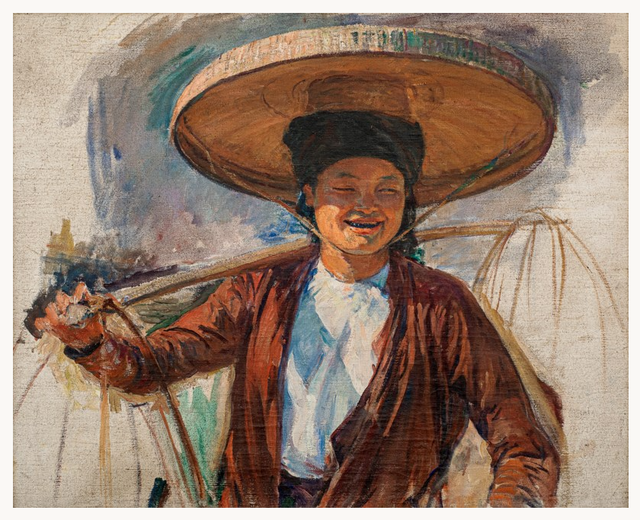
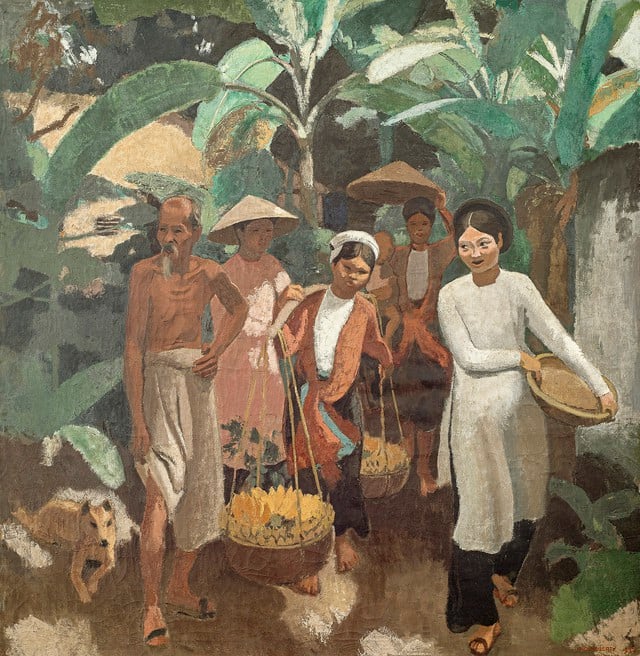
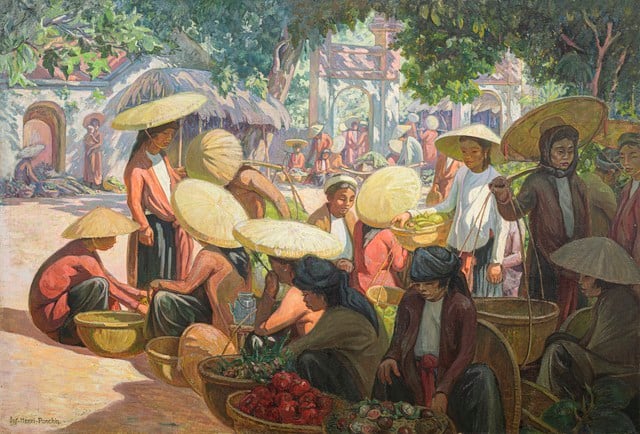

![[Photo] Panorama of the cable-stayed bridge, the final bottleneck of the Ben Luc-Long Thanh expressway](https://vphoto.vietnam.vn/thumb/1200x675/vietnam/resource/IMAGE/2025/9/30/391fdf21025541d6b2f092e49a17243f)
![[Photo] President Luong Cuong receives President of the Cuban National Assembly Esteban Lazo Hernandez](https://vphoto.vietnam.vn/thumb/1200x675/vietnam/resource/IMAGE/2025/9/30/4d38932911c24f6ea1936252bd5427fa)
![[Photo] The 1st Congress of Phu Tho Provincial Party Committee, term 2025-2030](https://vphoto.vietnam.vn/thumb/1200x675/vietnam/resource/IMAGE/2025/9/30/1507da06216649bba8a1ce6251816820)
![[Photo] General Secretary To Lam, Secretary of the Central Military Commission attends the 12th Party Congress of the Army](https://vphoto.vietnam.vn/thumb/1200x675/vietnam/resource/IMAGE/2025/9/30/9b63aaa37ddb472ead84e3870a8ae825)
![[Photo] Solemn opening of the 12th Military Party Congress for the 2025-2030 term](https://vphoto.vietnam.vn/thumb/1200x675/vietnam/resource/IMAGE/2025/9/30/2cd383b3130d41a1a4b5ace0d5eb989d)


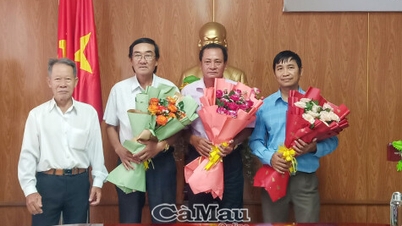

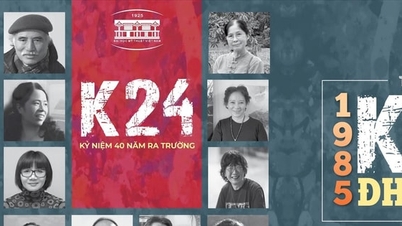





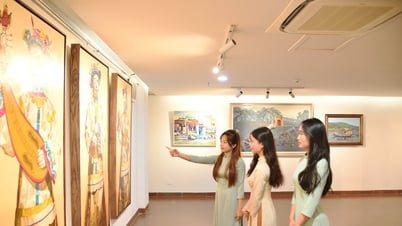
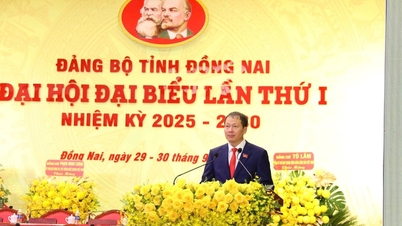

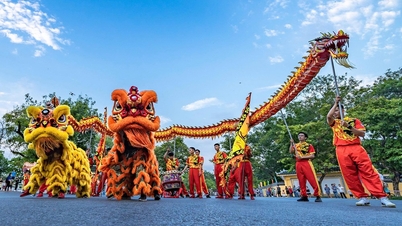


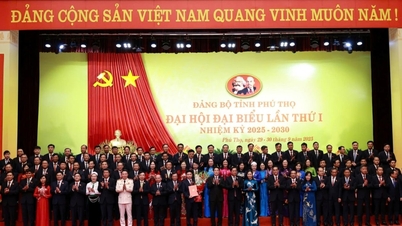
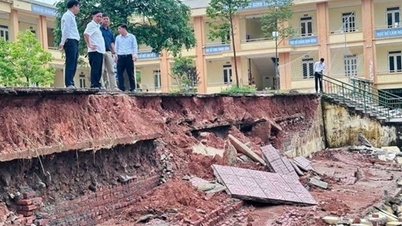

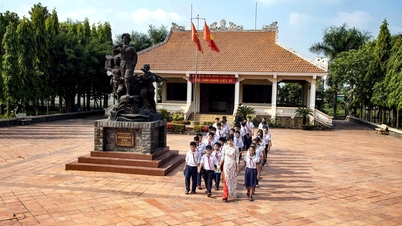




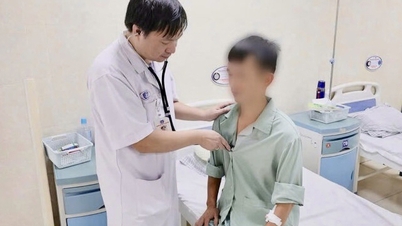



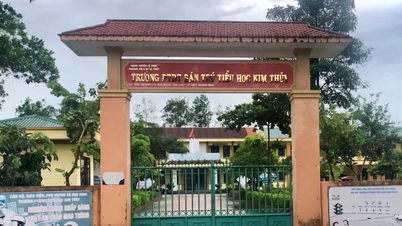
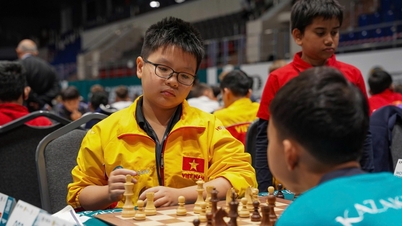






























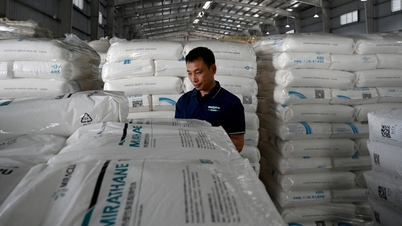
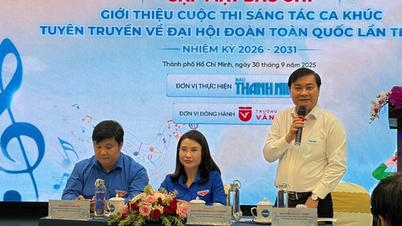

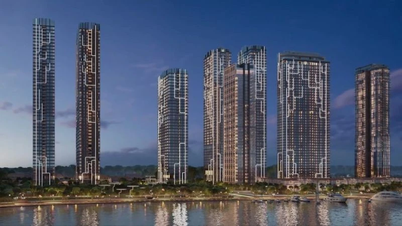
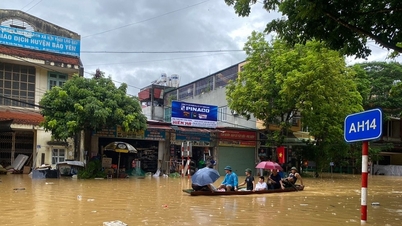
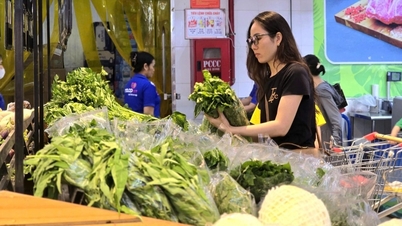










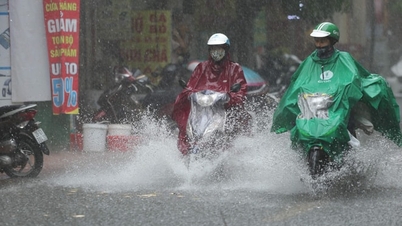

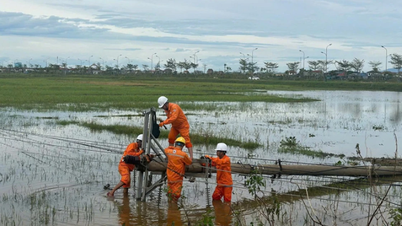
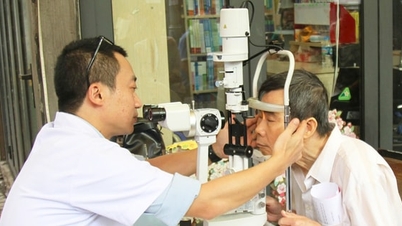
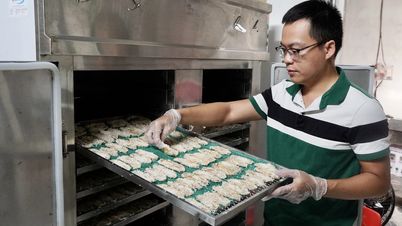

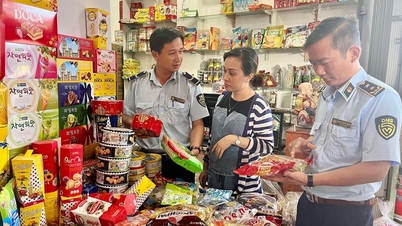

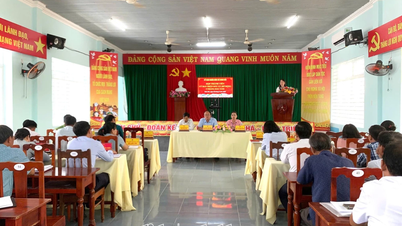











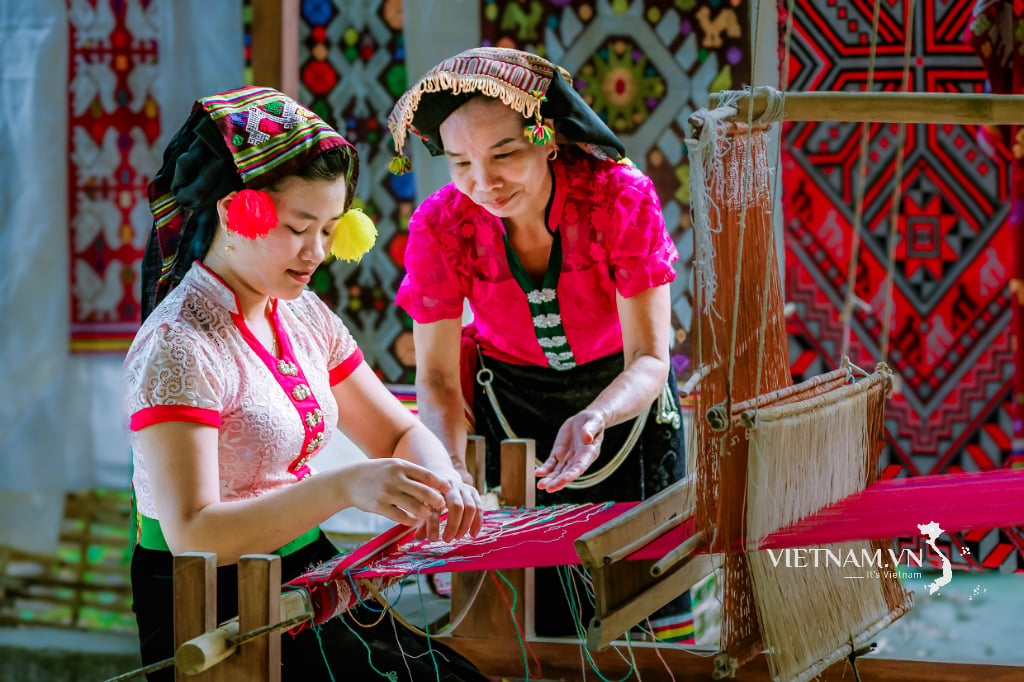


Comment (0)